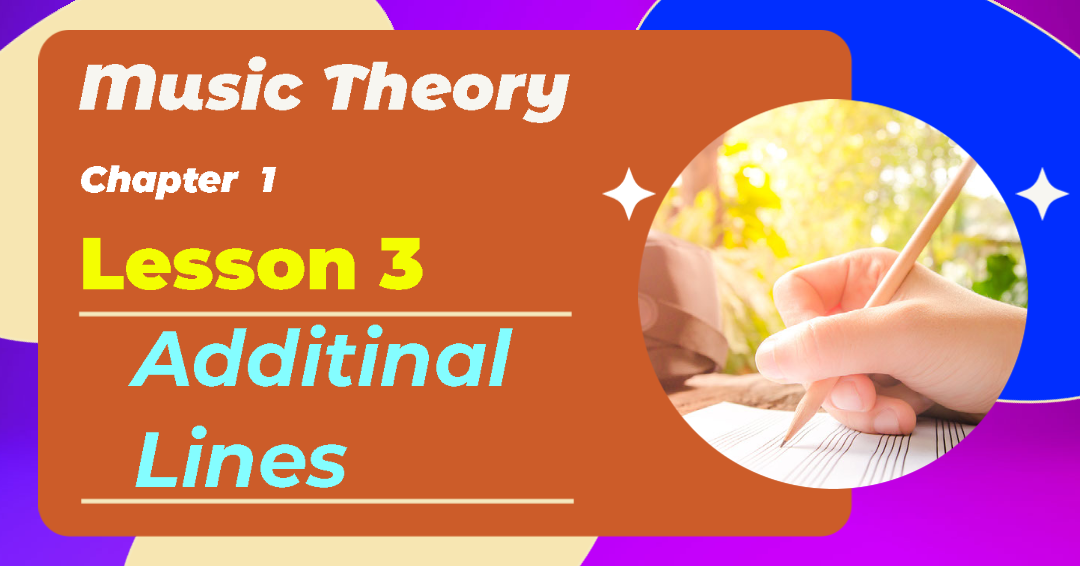Ledger lines are short lines that are added above or below the staff when a note is too high or too low to be written on the staff. They extend the range of the staff, allowing musicians to notate pitches that are outside the standard range of the staff.
For example, a note that is higher than the top line of the treble clef or lower than the bottom line of the bass clef would require a ledger line. (fig.1)

These lines can be added to any clef, and there is no limit to the number of ledger lines that can be used.
In general too many ledger lines can make a piece of music difficult to read, and can cause confusion for the musician, so it is good to keep not more than 5 ledger lines above or below the saave. Additionally, it’s important to ensure that the notes written with ledger lines are placed correctly on the line or space they represent, to avoid mistakes in pitch identification.
In summary, ledger lines are used to extend the range of the staff and allow the notation of notes that are too high or too low to be written on the staff. They can be added to any clef but should be used sparingly to avoid making the music difficult to read.
Here’s a little quiz to test your knowledge of ledger lines in sheet music:
- What ledger lines are and in what instances they are used in sheet music?
- Can you use ledger lines above and below the stave, and if yes, what is the highest number of ledger lines that can be used?
